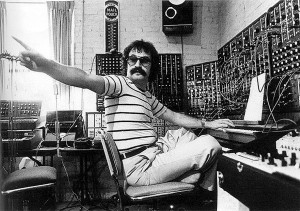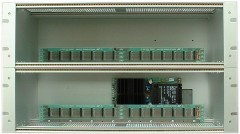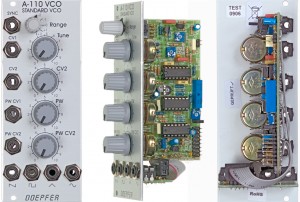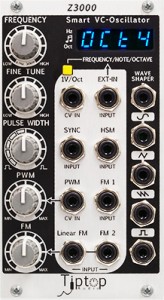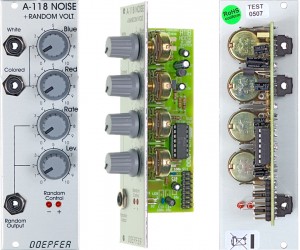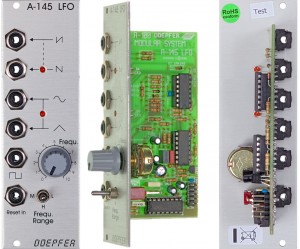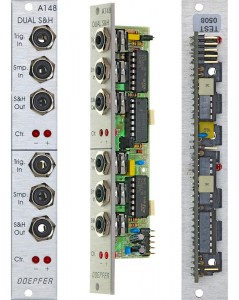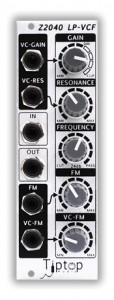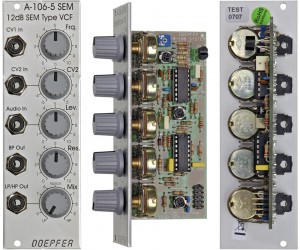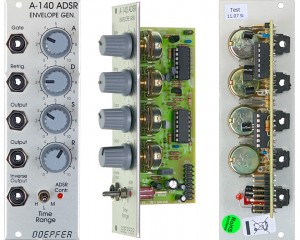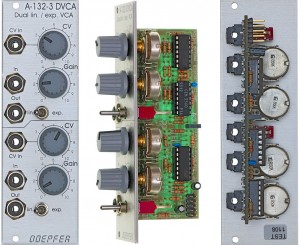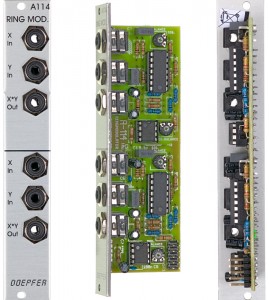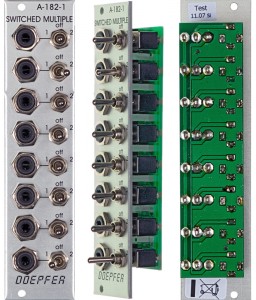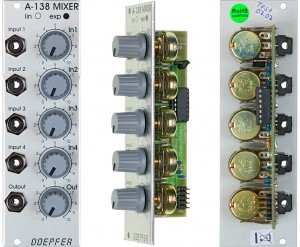When it comes to designing a system I found it very helpful to use a “modular planner” website. There are a couple of different ones out there but I’ve found www.modulargrid.net to be the best by far. It has a huge database of modules that you can drag onto a rack so you can try out different layouts. It tallies the current draw and cost of your picks so it gives you helpful ballpark figures for these important metrics. As an added bonus it allows you to show off your creation to others.
The Eurorack format specification was defined by Doepfer and it can be found on their web page:
Technical Details :
http://www.doepfer.de/a100_man/a100t_e.htm
Mechanical Details :
http://www.doepfer.de/a100_man/a100m_e.htm
We’ve established that I’m building a fairly traditional subtractive analogue synth: an East Coast style modular. Modular synthesizers were pioneered in the 1960s by Bob Moog on the American east coast and Don Buchla on the American west coast.
Actually it seems that most countries had at least one crazy bearded guy who built a modular synth before everyone else in the world, but no-one cares about those guys. Anyway, an East Coast (Moog) instrument is usually played by means of a keyboard captained by a serious man in a suit.
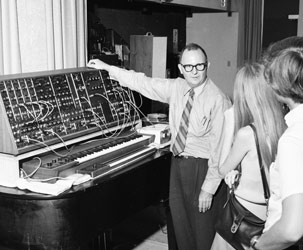
A West Coast (Buchla) instrument is usually played by injecting psychedelic drugs in the audience and waving various extremities in the general vicinity of the synth.

As a further illustration of the difference I will now list the modules that I planned to get at one point for my system, as well as the modules for a possible West Coast type system that I picked out on modulargrid.net
East Coast :
Doepfer A-190-2 MIDI/CV Interface
Doepfer A-110 VCO
Doepfer A-118 Noise Generator
Doepfer A-182-1 Switched Multiple
Doepfer A-140 ADSR
Doepfer A-132-3 Dual DVCA
Doepfer A-138 Mixer
Doepfer A-114 Ring Modulator
Doepfer A-148 Dual Sample&Hold
TipTop Audio Z3000 Oscillator
TipTop Audio Z4000 ADSR

West Coast :
Harvestman Piston Honda
4ms Euro Noise Swash
Make Noise Maths
Make Noise dual Prismatic Oscillator
Make Noise Pressure Points
Malekko Heavy Industry Assmaster
WMD Micro Hadron Collider
Harvestman Zorlon Cannon
Synthetic Sound Labs Modulation Orgy
Bananalogue Serge 3P
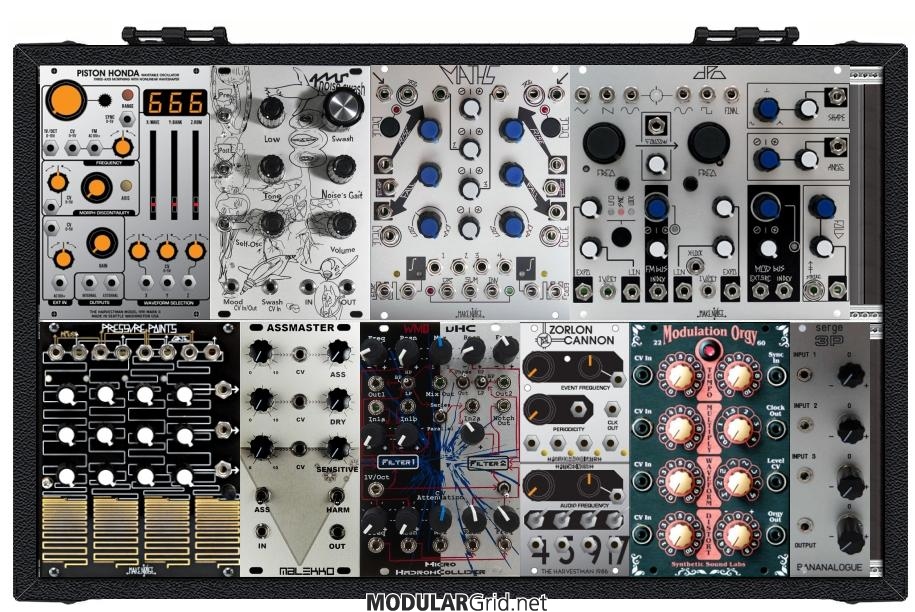
See what I mean? Did I just pick the modules with the weirdest looks and strangest names on modulargrid.net? Maybe I did. But I’m not that far off. And now I’ve managed to make a system I haven’t even bought yet seem a little boring…
Ok, ok. The main difference between the two styles lies in how sound is generated and shaped. The East coast style is to generate sounds using simple waveforms and shape them using filters and envelopes. The West coast style is to use advanced modulation techniques to generate harmonically complex sounds directly. And then drugs.
Anyway, I looked around for “starter” systems a bit but found surprisingly little. TipTop Audio has a “Happy Ending” kit which seems to be just an enclosure with a power-supply. Pittsburgh Modular has the “Foundation” system which looks nice and Doepfer has a “MiniSystem” which looks similar to the Foundation but is quite a bit cheaper. I chose to go with Doepfer as my “default” — if there is a Doepfer module that solves my problem, I’ll go with that unless I have a compelling reason not to.
Why Doepfer? They pioneered the Eurorack format. They are “competitively priced” (because “cheap” sounds cheap). They’ve been around for ages and have loads of modules. When I emailed them to ask if their 6U-enclosure could be split into two 3U halves I got a reply from Doctor Dieter Doepfer himself (it was “no,” in case you were wondering (but more politely put)). And yes, yes, I know that Americans did it first, but let’s face facts : a modular analogue synthesiser is a very German instrument.
